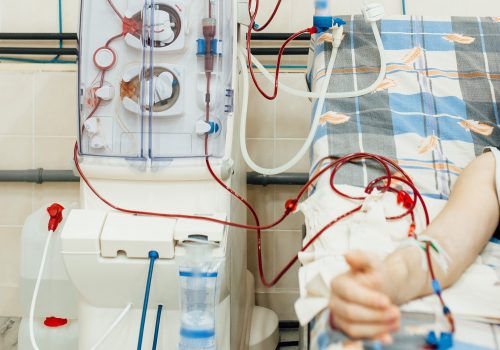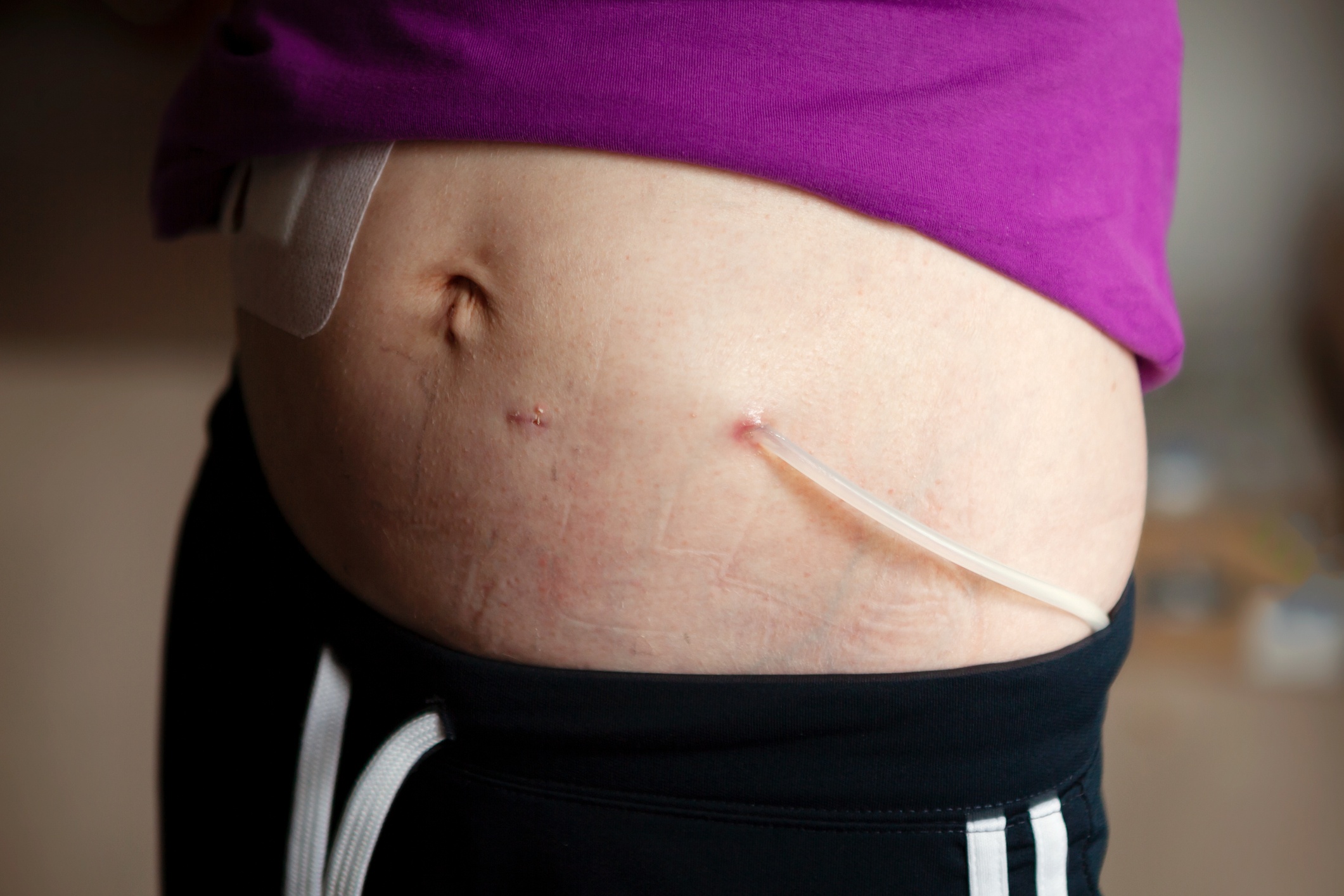
For patients with end-stage renal disease (ESRD), the presence of cardiomyopathy is a predictor of poor prognosis. High prevalences of morphological and functional cardiac abnormalities have been observed in patients with ESRD at the time of dialysis initiation. Previous studies have demonstrated that the risk of cardiothoracic ratio (CTR) >50% as a marker for cardiac remodeling is higher in patients with ESRD with lower levels of hemoglobin (Hb) compared with patients with Hb level 10 to 11 g/dl.
Noting that iron has a key role in oxygen transport as a component of HB, in oxygen storage as a component of myoglobin, and in cardiac and skeletal muscle metabolism as a component of oxidative enzymes, Japanese researchers, led by Toshihide Hayashi, MD, PhD, hypothesized that iron deficiency itself may be a direct contributor to cardiac morphological and functional abnormalities, independent of anemia.
It is known that higher prevalence of iron deficiency, anemia, and cardiac remodeling are seen simultaneously in incident dialysis patients. The current study was designed to clarify the association between iron deficiency and cardiac remodeling at the start of maintenance dialysis. Study results were reported in the Journal of Renal Nutrition [2019;29(1):39-47].
The cross-sectional study included patients in the database of the Japanese Study Group for Assessing Initiation of Renal Replacement Therapy; the database includes the nephrology units at nine teaching hospitals in Japan. A total of 2643 patients with ESRD began chronic dialysis between January 2006 and October 2015. Of those, 669 had missing data, resulting in a final cohort of 1974 patients. Levels of Hb, iron status, and CTR were measured immediately prior to the initial dialysis session. Clinical factors associated with CTR were also assessed.
Mean age of the total cohort was 67.2 years, 67% were male, and 42% had diabetic kidney disease (ratios similar to those in the Japanese dialysis population). At the start of renal replacement therapy, mean serum creatinine was 9.3 mg/dL and mean estimated glomerular filtration rate was 5.4 mL/min/1.73 m2 (similar to reported levels for the Japanese dialysis population). The mean and median CTR were 54.4% and 54.0%, respectively, and the mean Hb level was 8.8 g/dL.
Mean iron, total iron-binding capacity, and transferrin saturation (TSAT) were 59 mg/dL, 218 mg/dL, and 28, respectively; median ferritin was 146 ng/dL. As suggested by TSAT <20% or ferritin <100 ng/dL, the prevalence of iron deficiency was 38% and 34%, respectively; 17.3% of the cohort met both definitions of iron deficiency.
CTR was higher in patients with TSAT <20% compared with those with TSAT ≥20% (55.5 vs 53.6; P<.001). There were no significant differences in CTR between patients with ferritin <100 ng/dL and those with ferritin >100 ng/dL. The numerically smallest CTR and lowest prevalence of CTR over the median of 54% were seen in patients with TSAT >20% and ferritin <100 ng/dL.
On binary analysis, there was a significant association between TSAT and CTR over the median of 54%. Following adjustment for confounding factors including Hb and ferritin, the odds ratio for CTR over 54% remained 1.25 higher in patients with TSAT <20%. There was no association between ferritin and CTR over 54% in either unadjusted or adjusted analysis.
In multinomial analysis, odds ratios were higher in relation to higher category of CTR compared with the reference category (CTR <45%) in patients with TSAT <20%; there were no significant associations with ferritin, suggesting that TSAT may play a more important role in cardiac management than ferritin at dialysis initiation.
CTR was higher in patients with anemia and Hb <10 g/dL than in patients in the non-anemia group with HB ≥10 g/dL (54.6 vs 53.3; P<.001). In both the anemia and non-anemia groups, CTR was significantly higher among patients with iron deficiency with TSAT <20% than in patients without iron deficiency with TSAT ≥20%. There were no interaction effects of TSAT with Hb.
Odds ratios (ORs) for CTR >54% in patients in each categorized TSAT group compared with those with a TSAT level of 20% to 30% as a reference were calculated. In the crude model, there was an upward trend in patients with TSAT <20% (OR, 1.3) and <10% (OR, 1.5), compared with the reference. The trend remained after adjusting for confounding variables, but was eliminated by adding usage of iron agents.
Study limitations cited by the authors included the cross-sectional design of the study that precluded confirmation of a causal direction for the relationship between iron status and enlarged CRT; the lack of data on longitudinal iron status during the predialysis phase of CKD; lack of echocardiographic data; and lack of assessment of intraobserver or interobserver variability in measurements of CTR.
In summary, the researchers said, “Deficiency of circulatory iron is closely correlated with the enlarged heart in patients with ESRD. Iron supplementation in the predialysis phase of CKD may help prevent cardiac remodeling independent of Hb level in CKD patients with iron deficiency.
“A high prevalence of iron deficiency was seen at the initiation of dialysis, and it is inversely correlated with CTR. Not only Hb, but also circulatory iron deficiency may play an important role in promoting cardiac remodeling in ESRD patients. In parallel with keeping Hb at an optimum level, maintaining optimum iron status during the predialysis phase of CKD could offer a target for preventing cardiac enlargement.”
Takeaway Points
- Researchers in Japan conducted a cross-sectional study to examine the associations between iron deficiency and cardiac remodeling in patients with end-stage renal disease (ESRD) initiating dialysis.
- There was an inverse correlation between a marker of circulatory iron transferrin saturation (TSAT) and cardiothoracic ratio (CTR), as a surrogate marker of cardiac enlargement.
There were no significant associations between ferritin and CTR. Odds ratios for cardiac enlargement were significantly higher in patients with TSAT <20%







 © 2025 Mashup Media, LLC, a Formedics Property. All Rights Reserved.
© 2025 Mashup Media, LLC, a Formedics Property. All Rights Reserved.